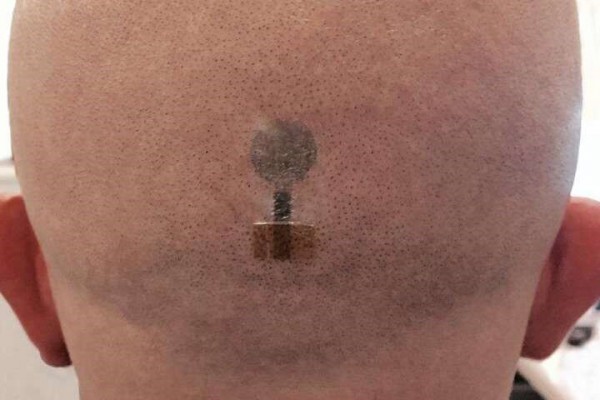Brain signal measurement using printed tattoo electrodes
Researchers have developed ultra-light tattoo electrodes that are hardly noticeable on the skin and make long-term measurements of brain activity cheaper and easier.
In 2015 Francesco Greco, head of the Laboratory of Applied Materials for Printed and Soft electronics (LAMPSe) at the Institute of Solid State Physics at Graz University of Technology, developed so-called "tattoo electrodes" together with Italian scientists. These are conductive polymers that are printed using an inkjet printer on standard tattoo paper and then stuck to the skin like transfers to measure heart or muscle activity.
This type of electrode, optimised in 2018, opened up completely new paths in electrophysiological examinations, such as electrocardiography (ECG) or electromyography (EMG). Thanks to a thickness of 700 to 800 nanometres -- that is about 100 times thinner than a human hair -- the tattoos adapt to uneven skin and are hardly noticeable on the body. Moreover, the "tattoos" are dry electrodes; in contrast to gel electrodes, they work without a liquid interface and cannot dry out. They are excellently suited for long-term measurements. Even hairs growing through the tattoo do not interfere with the signal recording.
For details click here.





Related Posts